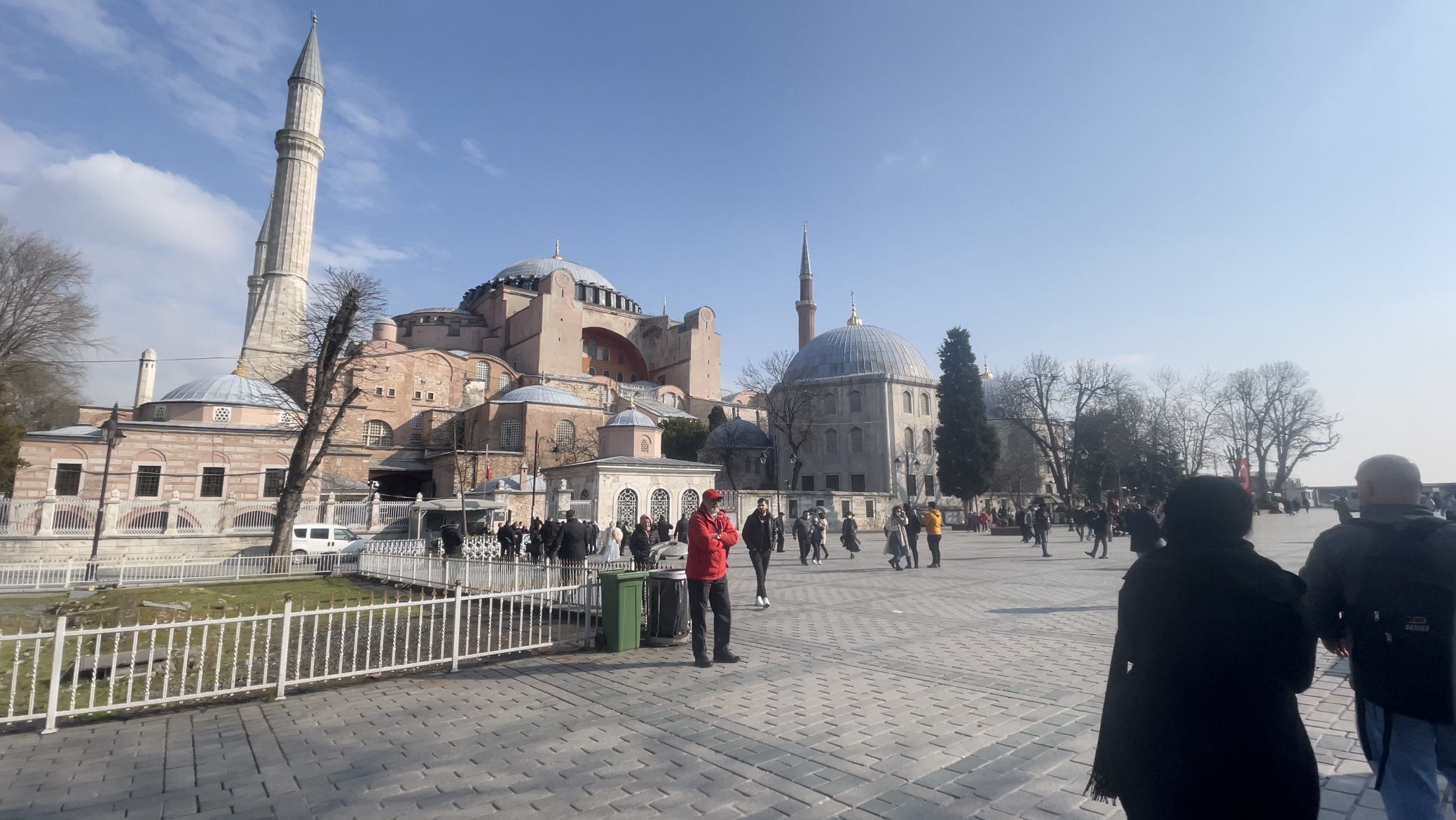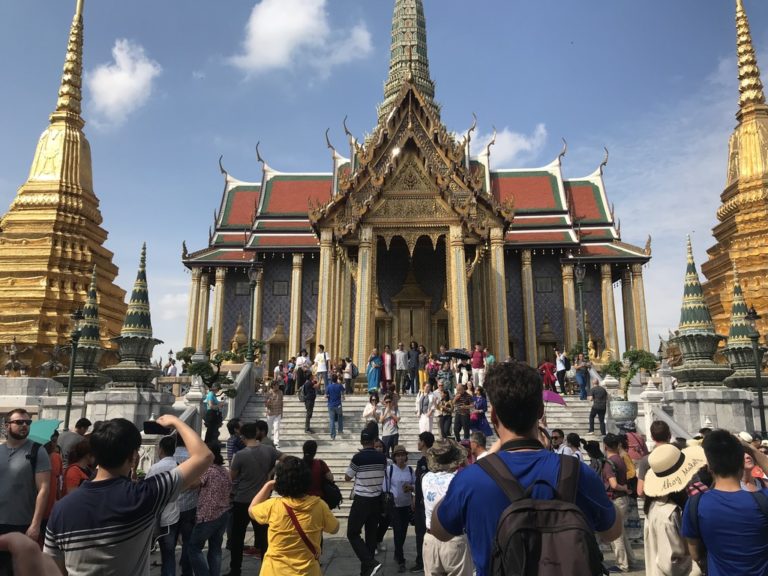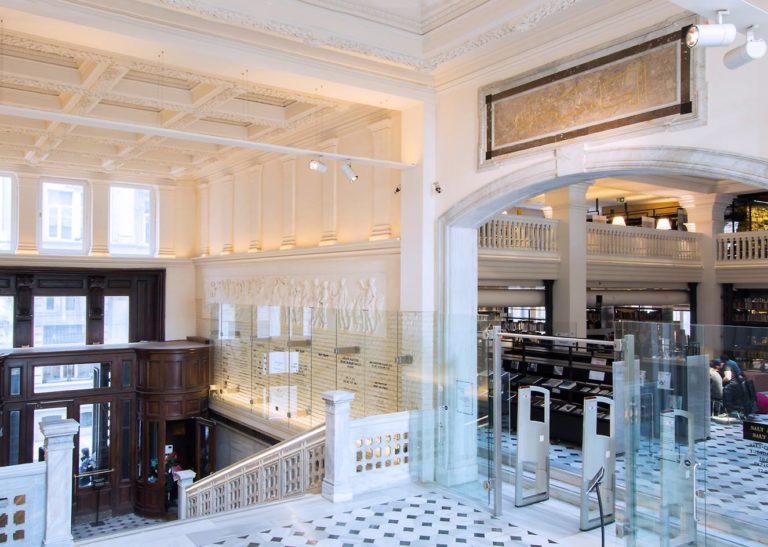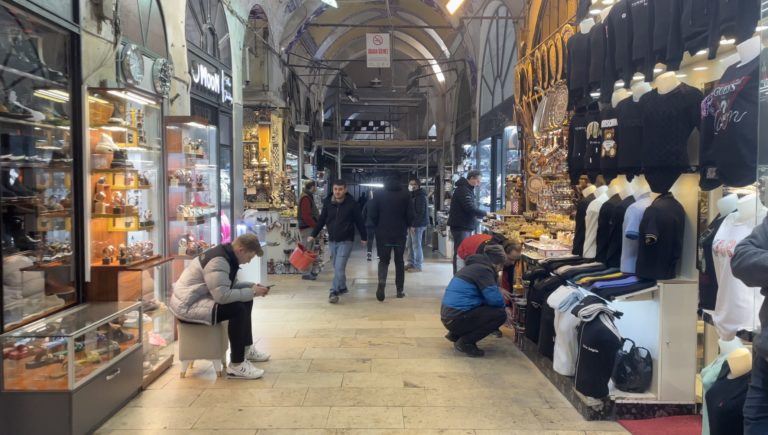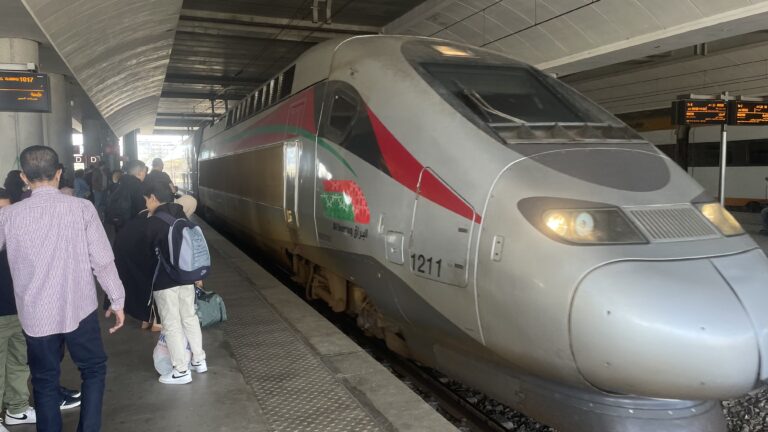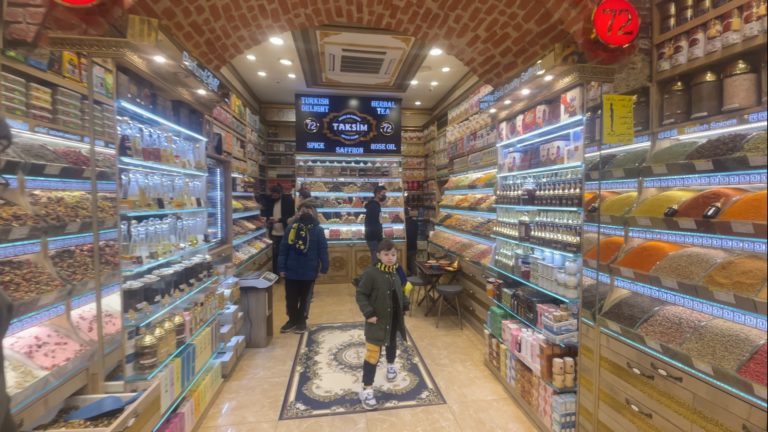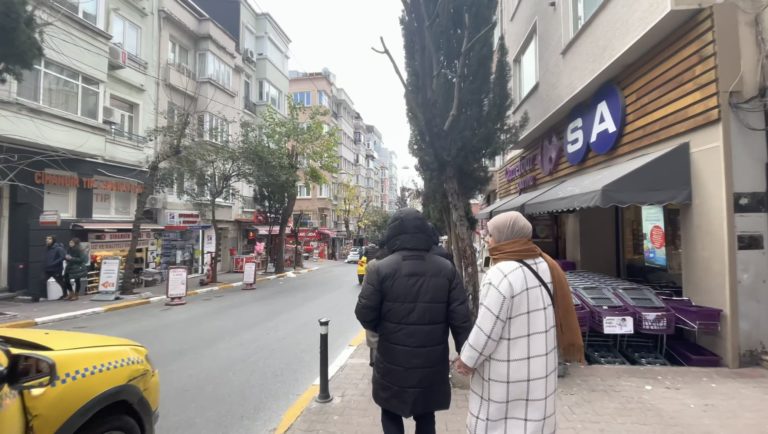Hagia Sophia: The Backbone of Istanbul
Hagia Sofia has lived through as a mosque, church, museum, and now it’s back as a mosque. Living in the Sultanahmet district offers its residents (and tourists) the call of the five daily prayers from Hagia Sophia and its younger sibling—the Blue Mosque. Hagia Sophia was first opened in 537AD and the Blue Mosque was opened in 1609. Your adventure begins in Sultanahmet tram stop in Istanbul.
You leave the tram and exit into the busy street filled with tourists. Wherever you turn, there are tourists — especially during midday. Sultanahmet district is arguably the heart of Istanbul with Hagia Sophia being the most visited touristic destination in Istanbul. Only a short walk separates Hagia Sophia and the second most visited landmark in Istanbul — the Grand Bazaar.
No matter the time of year, you’ll aways find large crowds in the vicinity of Hagia Sophia and Grand Bazaar. You leave the tram stop, and gaze up at the large mosque—the structure that attracts locals and tourists who pass by it. It’s a warm, sunny day; the sun at its peak.
Courtyard between Hagia Sophia & Blue Mosque
As the touristic landmark attracts many people, there’s a great amount of security. You walk to the entrance of the courtyard that stands between Hagia Sophia and the Blue Mosque. The entrance has a tent and a group of security personals standing there. Their uniform says “Güvenlik” in the back. One of the security guards is helping out a tourist, pointing at the Blue Mosque. You pass by them and arrive at a large open space, like a courtyard. You gaze up at the stunning view of Hagia Sophia on your left, and then you slightly turn your head right, finding the Blue Mosque, as beautiful as Hagia Sophia.
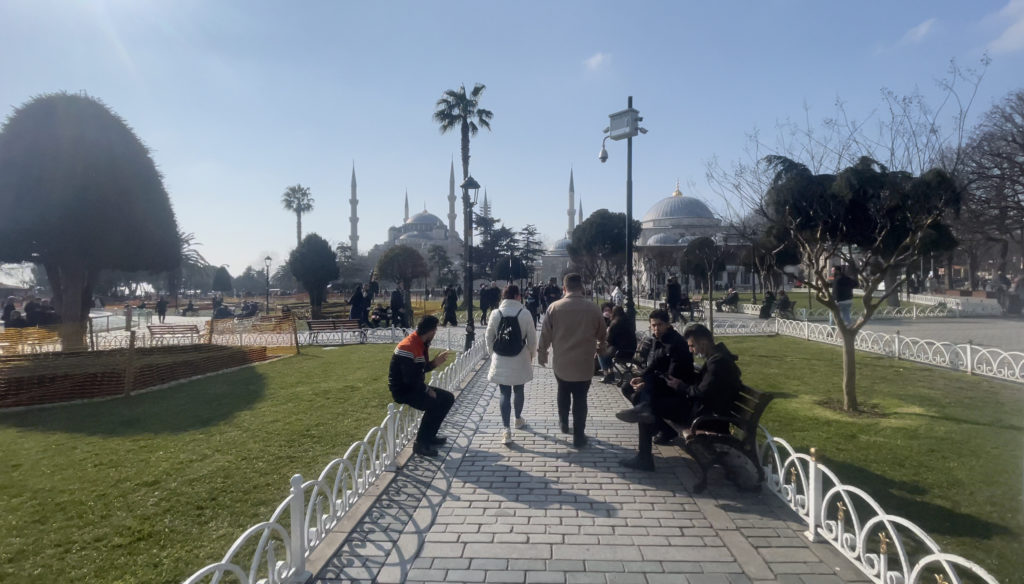
The courtyard has plenty of trees, green grass, chairs and benches. You continue walking straight, into the heart of the courtyard. People around you are enjoying it with their families, friends or their spouse. Many languages from around the world enter your ears — French, Spanish, Arabic, and English. Hagia Sophia remains visible on the corner of your eyes, by the left side. At the courtyard’s center, you find a large, circular water fountain that shoots water from the center and into the pool-like surface. After a brief walk in the courtyard, your eyes can no longer resist the temptation of Hagia Sophia. You turn left, and walk towards it.
Hagia Sophia’s Grand Entrance
In front of Hagia Sophia there is a large open space perfect for tourists to stand and grab a picture with it being the background. You pass the tourists and head for the gates. The mosque is surrounded by a wall, almost like a fortress. More security personals wait at the gates. A group of three are talking among themselves, not really paying attention to the crowds of tourists flooding the gates.
Languages from different areas in the world continue entering through your ears. This time you hear German and Japanese. You step aside, and soak in the mini courtyard it has to offer. There are a few offices—mainly for police and security on the left and right side, closest to the gates. Deeper in the courtyard, you spot a unique fountain-like structure with men around it. Water pouring from faucets around the structure. Using the water, worshippers preform wudu––a ritual purification before prayer.
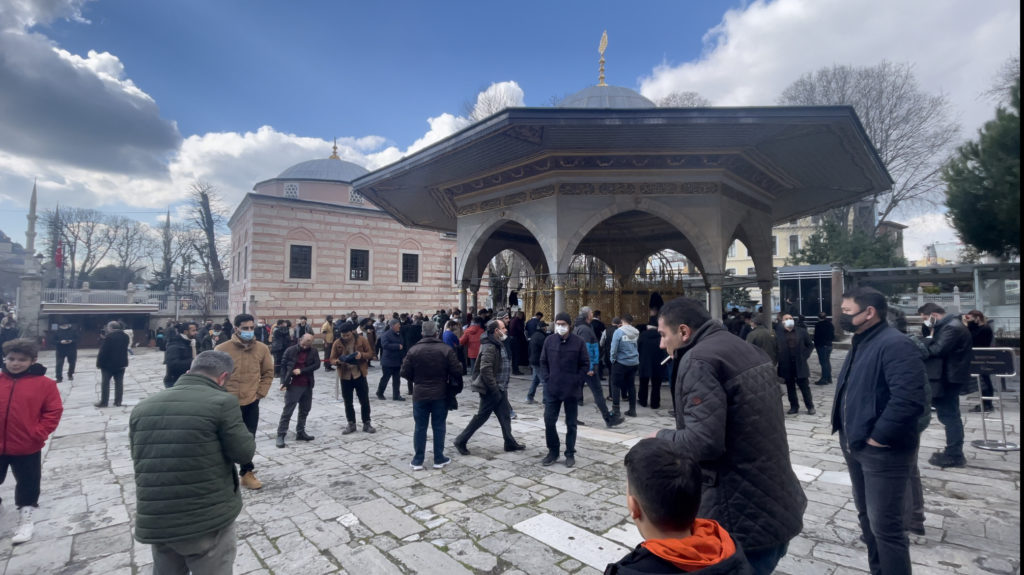
And then your eyes wander toward the main doors, the crowds that are moving inside. You reenter the line and move along with the crowd heading inside the mosque. A few meters before the door, there are two signs displaying the type of clothing allowed. Men need to wear shirts or shorts that go below their knees. Women need to wear a scarf or hood over their head, covering their hair.
The Gems of Hagia Sophia
As you’re in this line, moving slowly into Hagia Sophia mosque, you notice many people with their phones held up high either taking pictures, videos or video calling their families or friends abroad. The moment you pass through the gates, your eyes bathe in the beautiful architecture and designs. So much history ingrained from the entrance. You pass through another set of doors and the crowd collapses with more space becoming available. Some people walk very slowly, others at a normal pace, and some are not even there for sightseeing, their purpose is to pray Duhr (noon prayer) which is minutes from being called.
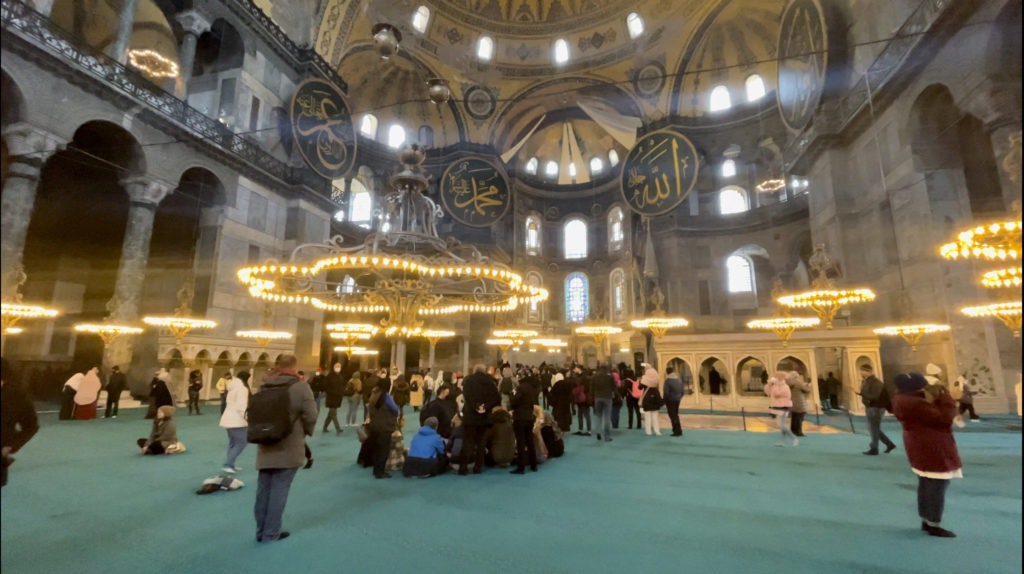
You leave your shoes outside near a long alley and then enter the heart of Hagia Sophia, where prayer happens. There’s beautiful carpet floor and bright chandeliers. The chandeliers hang from metal lines attached on the building’s sides and further up, as you gaze, you find a tall arch ceiling. The ceiling arch has many medieval designs. You stare at it for a moment, keeping in mind that those designs existed for hundreds of years.
After a moment’s stretch, you continue walking deeper inside the prayer area. There are large pillars spread throughout. On your left side, there is a designated female prayer area that is semi-covered.
Dozens of tourists have their phones raised, taking pictures and videos. You do the same. You enjoy the atmosphere that Hagia Sophia brings together. For a couple minutes, you find yourself roaming the main floor, looking up, around, below and between. You take a closer look at the chandeliers — their beautiful design and light they add to Hagia Sophia. Worshippers head directly at the side opposite to the main doors — that’s where prayer happens. You notice some of them offering their pre-prayer.
Some tourists have a tour guide with them, sharing a more in-depth history of Hagia Sophia. Some tourists sit down on the carpet, talking to their families — being inside historical Hagia Sophia is enough of pleasure for them.
Taking Turns to Call Prayer
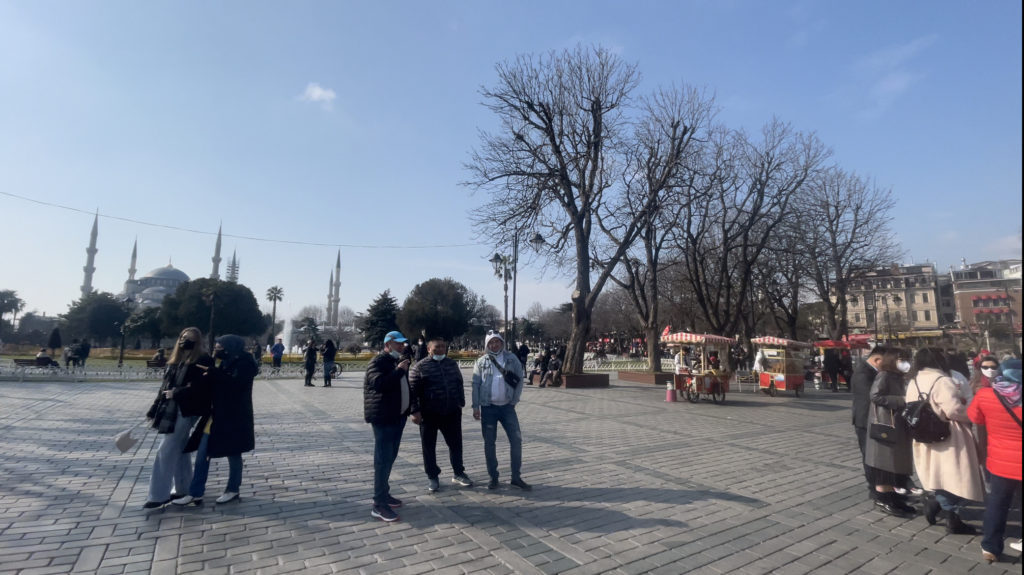
Once you satisfy your “Hagia Sophia” desire, you head toward the exit and return to the main courtyard between Hagia Sophia and the Blue Mosque. You wait for the prayer to be called, and once it does, you’re surprised at how the two mosques give their call to prayer. Hagia Sophia calls out a sentence, the Blue Mosque follows. Hagia Sophia calls out the following sentence, the Blue Mosque follows.
“Hurry to prayer,” is called from Hagia Sophia.
“Hurry to prayer,” Blue Mosque follows.
“Hurry to Salvation,” is called from Hagia Sophia.
“Hurry to Salvation,” Blue Mosque follows.
You sit at one of the benches and join the dozens of tourists listening to the calls of prayer. Many of them are recording, moving their cameras from one mosque to the other as they each call a segment. A lady captures your eyes. She’s standing with her hands held in front of her, her eyes slightly closed. You ponder at the level of calmness she feels at that moment.
Once the call of prayer concludes, the majority of people entering Hagia Sophia become worshippers rather than tourists. If you are a Muslim, you follow them to offer your Duhr prayer, and if not, you relax at the bench with Hagia Sophia smiling in front of you.
There are four main landmarks that make Istanbul famous. Here’s the links to the other three: Istiklal Street, Galata Tower, and Grand Bazaar (coming soon).

